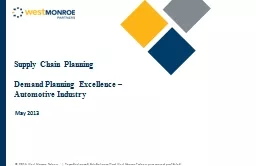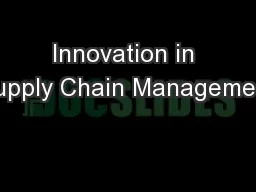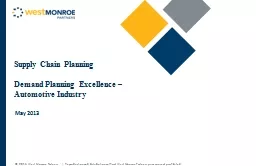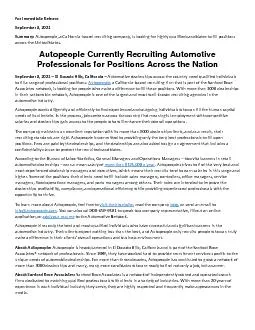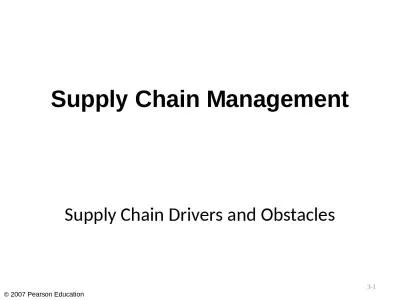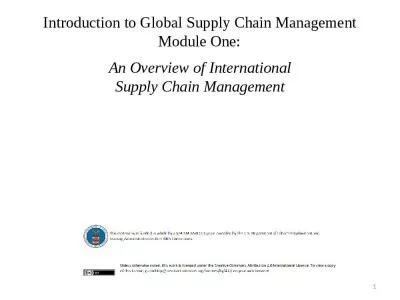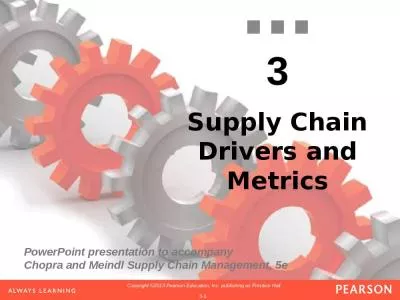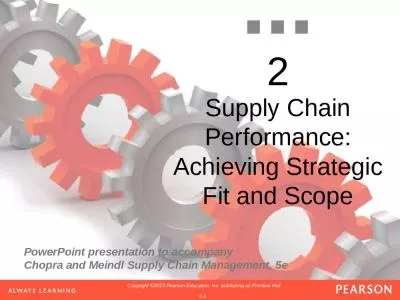PPT-Supply Chain Planning Demand Planning Excellence – Automotive Industry
Author : giovanna-bartolotta | Published Date : 2018-12-19
May 2013 More than 10000 items to review on a monthly andor weekly rolling planning horizon Volatile and complex planning environment Difficulty to hire and retain
Presentation Embed Code
Download Presentation
Download Presentation The PPT/PDF document "Supply Chain Planning Demand Planning Ex..." is the property of its rightful owner. Permission is granted to download and print the materials on this website for personal, non-commercial use only, and to display it on your personal computer provided you do not modify the materials and that you retain all copyright notices contained in the materials. By downloading content from our website, you accept the terms of this agreement.
Supply Chain Planning Demand Planning Excellence – Automotive Industry: Transcript
Download Rules Of Document
"Supply Chain Planning Demand Planning Excellence – Automotive Industry"The content belongs to its owner. You may download and print it for personal use, without modification, and keep all copyright notices. By downloading, you agree to these terms.
Related Documents

